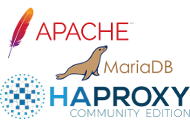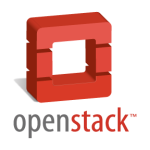Install and Configure Checkmk on CentOS 8 and Monitor Linux Hosts using Checkmk agent

If you have important production servers or critical services in your network, having monitoring tools becomes a must. In case of any hardware or software failures, it is crucial to get alerted as soon as possible and take appropriate actions to fix the failure.
In this article I would like to take a look at checkmk – a powerful monitoring software, developed by tribe29 GmbH with tons of configuration options and a user-friendly WebGUI, which can help you fully automate monitoring activities of your hardware and operating systems.
Read More






